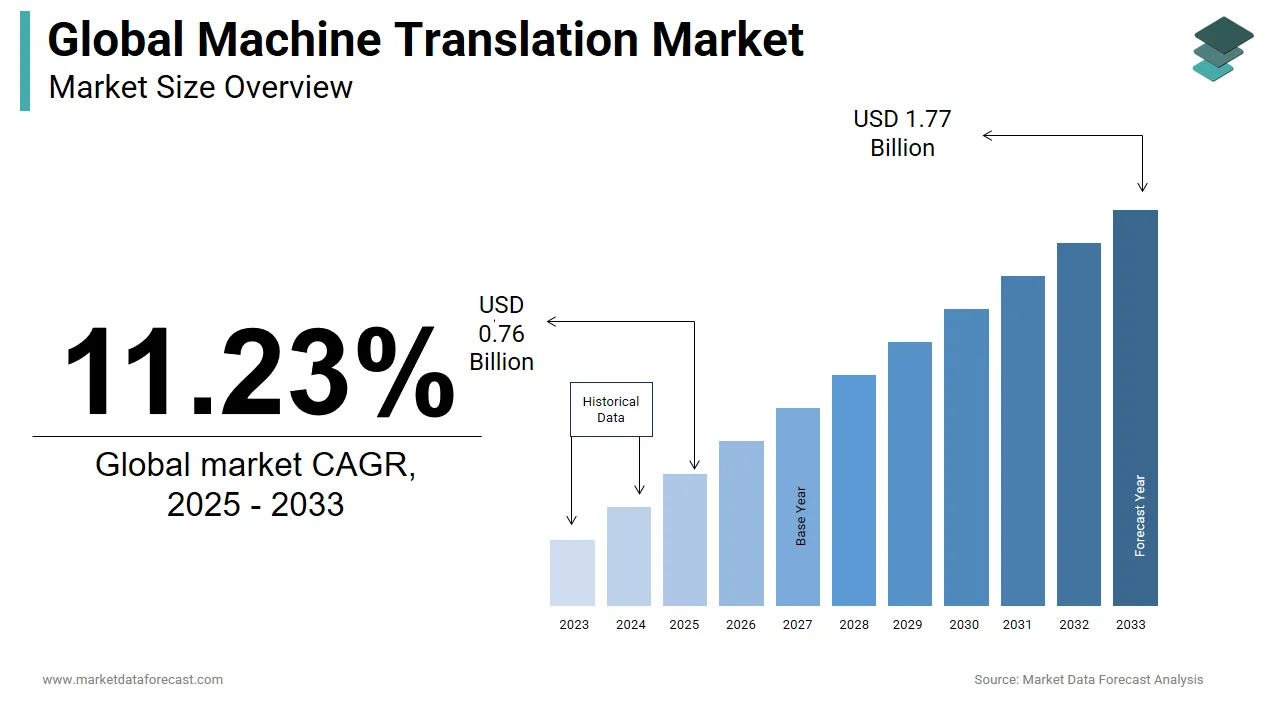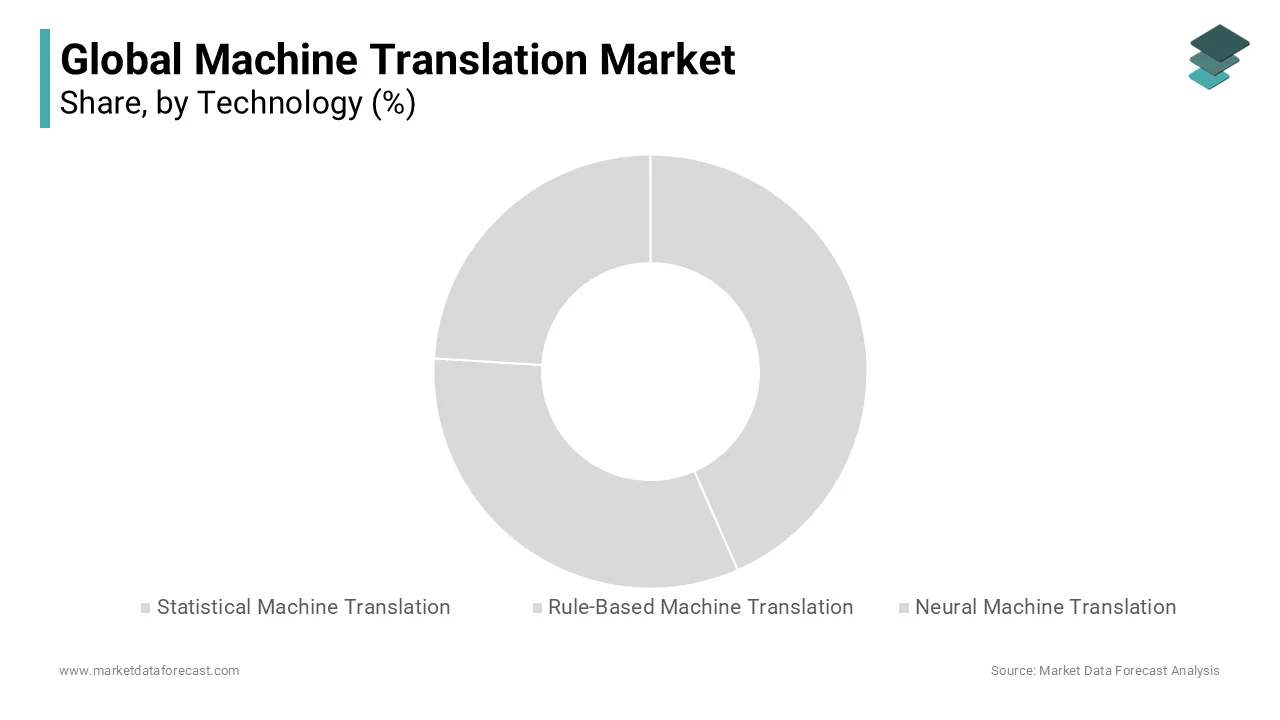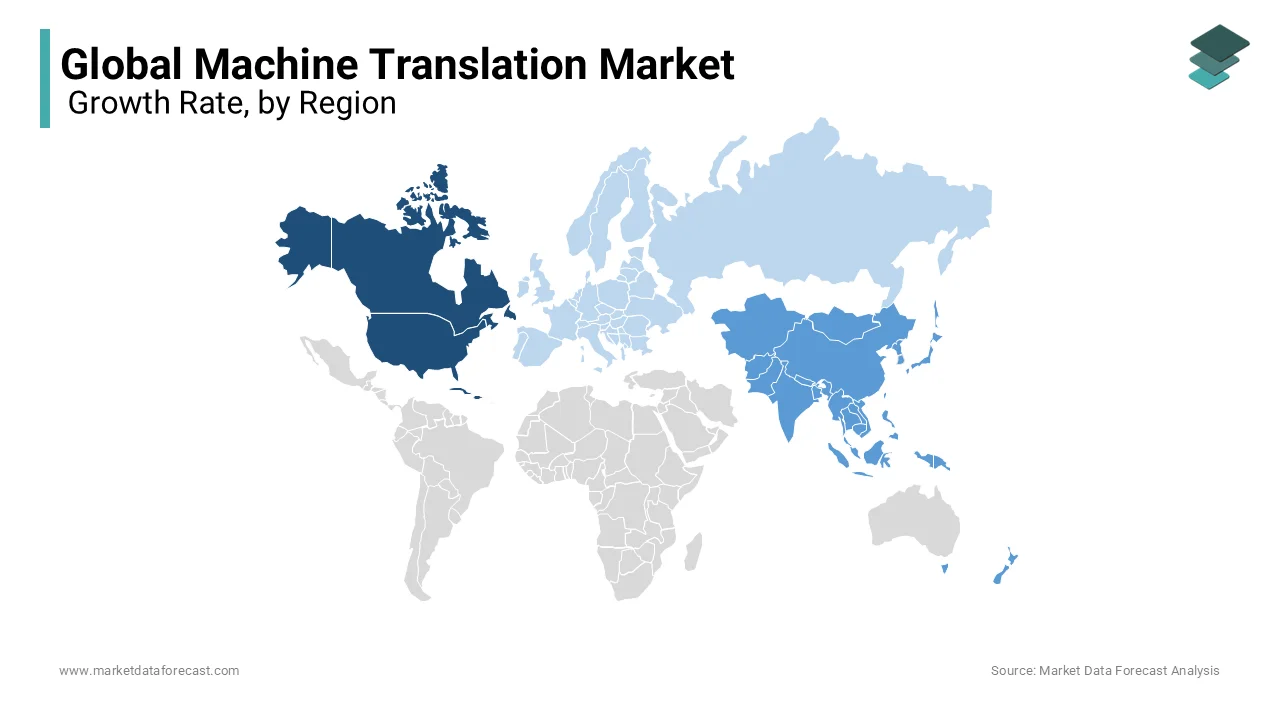Global Machine Translation Market Size, Share, Trends, & Growth Forecast Report By Technology (Statistical Machine Translation, Rule-Based Machine Translation, Neural Machine Translation, and Other Technologies), Deployment Mode (Cloud and On-Premises), End User (Automotive, Military and Defense, Healthcare, IT, E-Commerce, and Other End User Industries), & Region - Industry Forecast From 2025 to 2033
Global Machine Translation Market Size
The global machine translation market was worth USD 0.68 billion in 2024. The global market is predicted to reach USD 0.76 billion in 2025 and USD 1.77 billion by 2033, growing at a CAGR of 11.23% during the forecast period.

MARKET DRIVERS
A growing number of internet users worldwide has widened the demand for cross-cultural interaction and understanding of content over the web, which is one of the major driving factors of the global Machine Translation market. Another major driving factor was technological advancements that resulted in the development of translation theory with minimal errors and grammatical consistency, which is likely to propel the growth of revenue worldwide in the machine translation market.
Advancements in machine translation technology and new implementation approaches, including crowdsourcing, are some of the growth-supporting factors in the machine translation market based on revenue rate. Another significant aspect driving growth in the Machine Translation market is the increasing need for content localization and the growing need for cost-effective and high-speed translation.
MARKET RESTRAINTS
The high cost of manufacturing equipment is a principal factor limiting the growth of the global Machine Translation Market. Another major restraint affecting the growth of the market is the easy availability of alternative products.
REPORT COVERAGE
|
REPORT METRIC |
DETAILS |
|
Market Size Available |
2024 to 2033 |
|
Base Year |
2024 |
|
Forecast Period |
2025 to 2033 |
|
CAGR |
11.23% |
|
Segments Covered |
By Technology, Deployment Model, End User, and Region. |
|
Various Analyses Covered |
Global, Regional & Country Level Analysis, Segment-Level Analysis, DROC, PESTLE Analysis, Porter’s Five Forces Analysis, Competitive Landscape, Analyst Overview on Investment Opportunities |
|
Regions Covered |
North America, Europe, APAC, Latin America, Middle East & Africa |
|
Market Leaders Profiled |
Microsoft Corporation, Google, Inc., SDL PLC, Alibaba Cloud, AWS, Baidu, IBM Corporation, Raytheon BBN Technologies Corp, Welocalize Inc, Tencent Cloud TMT, Lionbridge, and Others. |
SEGMENTAL ANALYSIS
By Technology Insights

The Machine Translation market is divided into statistical machine translation, rule-based machine translation, neural machine translation, and other technologies. The neural translation segment holds the major share of the market as it is continuously improved and refined and is anticipated to become even better in the next few years.
By Deployment Model Insights
The market for machine translation is bifurcated into two types: on-premises and cloud. Among these, the cloud segment holds the dominant share of the market.
By End User Insights
The Machine Translation market is segmented into automotive, military and defense, healthcare, IT, e-commerce, and other end-user industries. The IT sector accounted for a prominent share of the market.
REGIONAL ANALYSIS

The North American region holds the major market share owing to the growing demands across the United States IT sector and the rapid increase of prominent players in the region. This is also estimated to help the machine translation market in North America grow in the coming days.
The Asia Pacific region holds the second largest share of the Machine Translation market because of the increasing number of internet users across the region, especially in countries such as China and India. This is crucial in determining the development rate of the Machine Translation market in this locale.
Europe region is expected to record a surge in its market value of Machine Translations owing to the rising investment for new product innovation by the companies that are supposed to boost the market demand in the foreseen years,
KEY MARKET PARTICIPANTS
Some of the key players in the global machine translation market include Microsoft Corporation, Google, Inc., SDL PLC, Alibaba Cloud, AWS, Baidu, IBM Corporation, Raytheon BBN Technologies Corp, Welocalize Inc., Tencent Cloud TMT, and Lionbridge.
RECENT MARKET HAPPENINGS
-
In the year 2016, Google Inc. launched the NMT tool that deploys an artificial neural network to undertake the multilingual translations of decoding semantic data.
-
In October 2017, Google Inc. launched Pixel Buds, which consists of a built-in Google Assistant and Google Translate, which can translate 40 different languages using Google Translate technology.
-
In December 2014, Microsoft Corporation released a preview version of Skype Translator for Spanish and English audiences. This program was developed to combine features of machine learning, speech recognition, and Machine translation.
MARKET SEGMENTATION
This research report on the global machine translation market is segmented and sub-segmented based on the by technology, deployment, end user, and geography.
By Technology
-
Statistical Machine Translation
-
Rule-Based Machine Translation
-
Neural Machine Translation
By Deployment Model
-
Cloud
-
On-Premises
By End User
-
Automotive
-
Military and Defense
-
Healthcare
-
IT
-
E-Commerce
By Region
-
North America
-
The United States
-
Canada
-
Rest of North America
-
-
Europe
-
The United Kingdom
-
Spain
-
Germany
-
Italy
-
France
-
Rest of Europe
-
-
The Asia Pacific
-
India
-
Japan
-
China
-
Australia
-
Singapore
-
Malaysia
-
South Korea
-
New Zealand
-
Southeast Asia
-
-
Latin America
-
Brazil
-
Argentina
-
Mexico
-
Rest of LATAM
-
-
The Middle East and Africa
-
Saudi Arabia
-
UAE
-
Lebanon
-
Jordan
-
Cyprus
-
Frequently Asked Questions
What are the primary factors fueling the growth of machine translation technology?
Factors such as increasing globalization of businesses, rising demand for localization of content, advancements in artificial intelligence and natural language processing technologies, and the need for cost-effective and efficient translation solutions are driving the growth of the machine translation market.
What are the main challenges faced by the machine translation market?
Challenges include maintaining translation quality and accuracy, especially for complex or nuanced content, overcoming language nuances and cultural differences, ensuring data privacy and security, and addressing concerns regarding the impact on human translators' job roles.
How is neural machine translation (NMT) impacting the machine translation market?
Neural machine translation, a type of machine translation that uses artificial neural networks to predict translations, has significantly improved translation quality and fluency compared to traditional statistical machine translation methods. Its adoption is driving the growth of the machine translation market by offering more accurate and contextually aware translations.
What are the future trends expected in the machine translation market?
Future trends in the machine translation market include the integration of machine translation with other technologies such as speech recognition and natural language understanding, the development of specialized domain-specific translation models, increased focus on post-editing and human-machine collaboration, and the expansion of machine translation services into emerging languages and markets.
Related Reports
Access the study in MULTIPLE FORMATS
Purchase options starting from
$ 2500
Didn’t find what you’re looking for?
TALK TO OUR ANALYST TEAM
Need something within your budget?
NO WORRIES! WE GOT YOU COVERED!
Call us on: +1 888 702 9696 (U.S Toll Free)
Write to us: sales@marketdataforecast.com